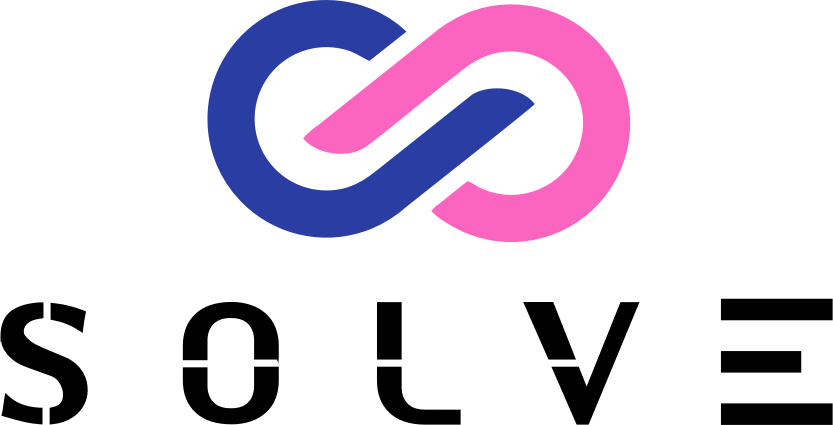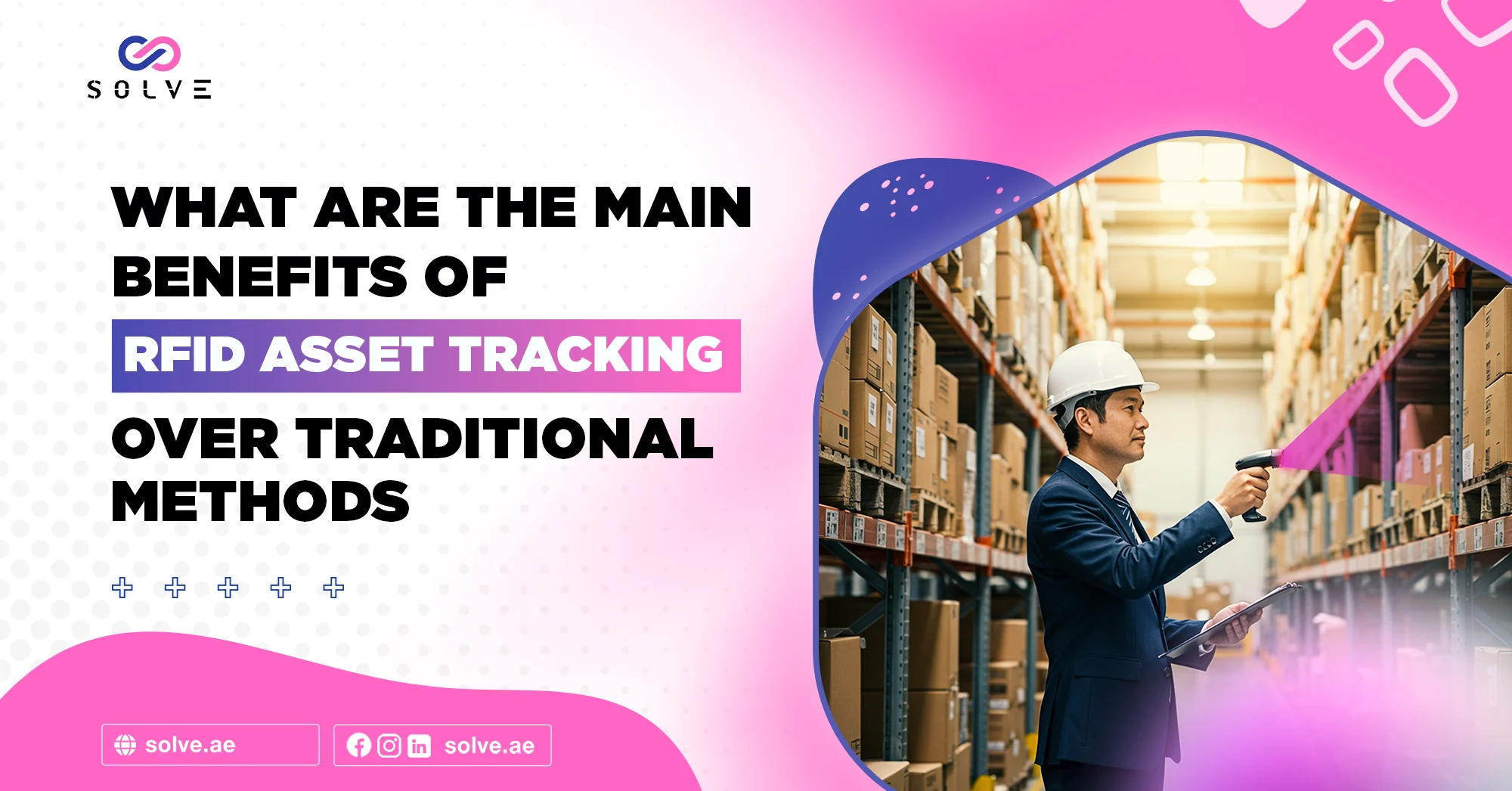- By Vanshika Choudhary
- April 4, 2025
Every business needs effective asset management for operational efficiency, cost control, and better decision-making. Traditional methods of managing assets through manual inventory checks or barcode scanning lack the capabilities that come in handy in enhancing business performance. Radio Frequency Identification (RFID) technology seems to be the robust answer for real-time visibility, accuracy, and automation in asset tracking. The blog post describes some of the major advantages of RFID asset tracking over traditional methods, along with its applications across different industries.
The Introduction to RFID Asset Tracking
RFID asset tracking uses radio waves to relay information between tags attached to assets and readers picking up this data. This makes it possible for a company to monitor its assets through a centralized system, which enhances visibility and control over inventory and equipment. RFID does not need line-of-sight access unlike the traditional methods, which means more efficient tracking for multiple items.
Benefits of RFID Asset Tracking
- Increased Accuracy and Efficiency
RFID is hugely helpful in improving inventory accuracy—in many cases, with more than 95% accuracy, as against about 65% likely by manual methods. This accuracy matters by being able to keep records accurate so that fewer mistakes are made when stockouts and overstock situations arise. It also streamlines the receiving process time, spending up to 90% less labor. Through data capture automation, RFID significantly reduces human intervention to minimize error and hastens the process of doing things.
- Better Security and Loss Prevention
RFID asset tracking notifies an organization immediately when any of its assets move out of an authorized area, thus providing improved security. This is especially useful in protecting the assets from theft and unauthorized use. In retail, readers installed at store exits can read unpaid merchandise, thus reducing shoplifting incidences. RFID can also work with anti-theft systems, making the system more secure.
- Compliance and Decision-Making Improvement
It offers asset movement and inventory levels, in which the industries whose products require traceability and compliance for their inventory could keep records of their movement. At any time, an organization can gather real-time visibility in asset locations and statuses, which can be helpful in decision-making regarding asset allocation, maintenance, and resources utilized.
- Environmental Benefits
RFID asset tracking saves on the environmental sustainability aspect by minimizing the need for manual handling and transportation. Automated tracking would minimize the physical movements of assets and eventually reduce carbon emissions as well as energy use. Check out the latest blog post on RFID vs. Barcodes: What’s Best for Your Warehouse?”
Comparison with Conventional Methods
RFID and Bar Code Tracking
Line of vision—Unlike past barcode scanning, RFID tags do not require direct line-of-sight accessibility for scanning. This results in faster and easier tracking of multiple items at once.
Data Capacity—The RFID can store information other than barcodes, such as the condition of assets and maintenance needs.
Durability-RFID tags are more durable and reliable in withstanding assaults from the environment than barcodes, as most damaged barcodes turn unreadable.
RFID and GPS Tracking
Size & Cost: RFID is generally smaller and cheaper than GPS trackers, making it ideal for tracking smaller assets.
Power Consumption: RFID tags use less energy compared to GPS devices that continuously operate on battery power for location tracking.
Range: RFID is a more localized tracking solution for asset management within a facility, unlike GPS, which is more global in nature.
Applications Across Industries
As can be noted, so far, RFID asset tracking is being used and tested across a wide range of industries. This is what makes it really flexible and applicable to:
Retail: It allows inventory counting in real time to avert either stock-outs or losses through theft, and it is also important in monitoring stockouts or losses due to timely monitor product expiry dates
Healthcare: RFID keeps track of medical equipment utilization such that the most critical equipment may be available in places where it is needed and maintained. It also monitors the health condition of medical supplies and equipment.
Logistics and Supply Chain: As RFID can record in real time the shipment and existing inventory levels, it improves the visibility of the supply chain and manages those risks related to thefts, losses, or misdistribution.
Manufacturing: It optimally controls inventory and tracks asset utilization on the factory floor through RFID technology with the intention of improving production efficiency and minimizing downtime.
Implementing RFID Asset Tracking:
Here are the best practices to follow for effective RFID asset tracking:
Assess Types of Assets: Determine which assets would most likely benefit from RFID tracking, usually focusing on high-value or frequently just moved assets.
Select the right tags: Choose between active, passive, or semi-passive RFID tags to use based on the specific needs posed by the assets and environment.
Integrate with Existing Systems: To get the maximum benefit of RFID, make sure RFID systems are incorporated into existing inventory management software.
Conclusion
RFID asset tracking is a potential consideration for companies such as these that want to get better at asset management. Organizations have found that using real-time visibility, improved accuracy, and less possible cost-driving capabilities to optimize operations ultimately establishes RFID power in giving the organization a tough competition. Contact us as the evolution of technology continues, so does the potential of RFID applications, making it an emerging backbone of asset tracking in various industries. No matter if the company belongs in retail, healthcare, logistics, or manufacturing, asset tracking will entirely change how business operations get streamlined, how secure they become, and how their decision-making processes get improved.
In short, RFID asset tracking is not a contemporary alternative; it is a rather strategic investment that can probably change the way companies manage assets with a result that will show efficiency, productivity, and profitability gains.




